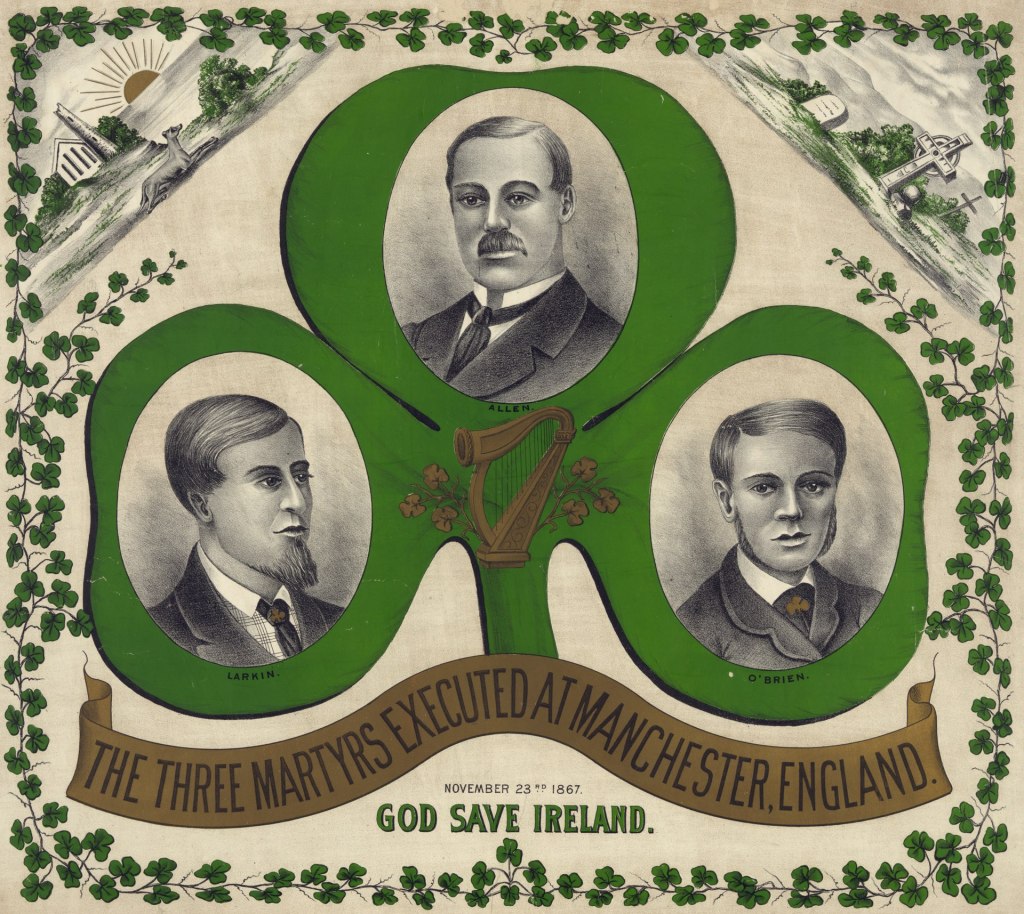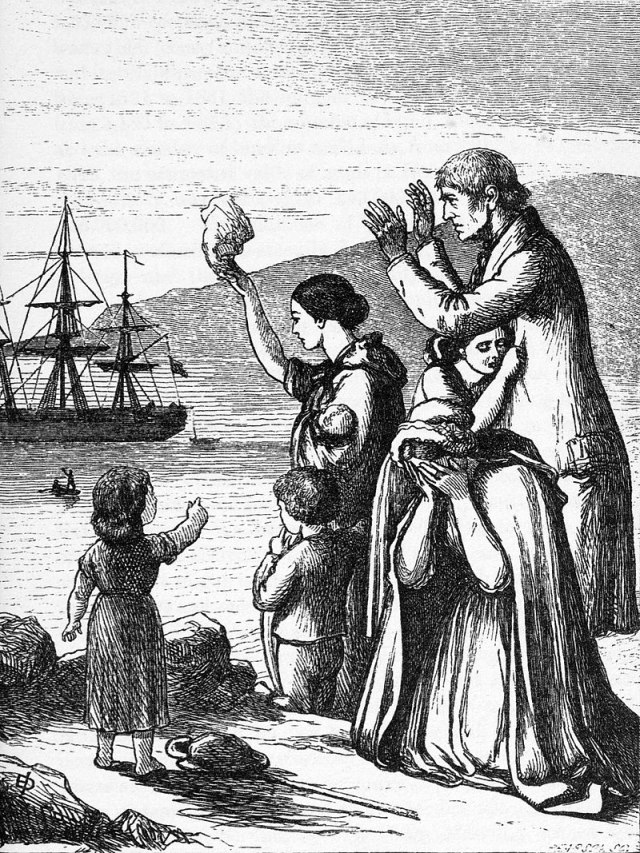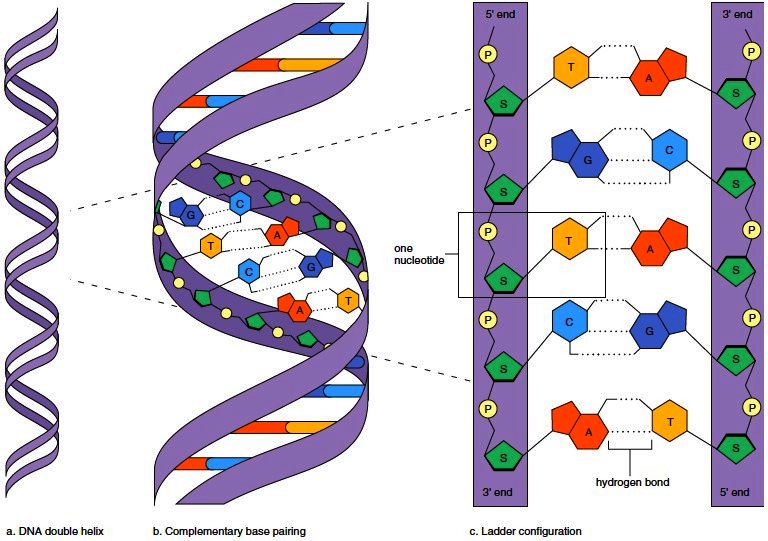For St. Patrick’s Day here is the text of a talk I gave to the Maryland Ladies Ancient Order of Hibernians in March 2019. I was scheduled to present it again at the Maryland Irish Festival in the fall of 2020, but for obvious reasons that never happened.

I’m going to tell you about a long and winding road of research and travel in search of my Irish family. But first a confession, unlike perhaps most of you I’m not Irish-American, I’m Irish-Flemish. I grew up in England with an Irish father and a Flemish mother. My mother grew up during the Nazi occupation of Belgium and my father was born to Irish immigrants in the northern English town of Manchester. My parents met when my father was a soldier with the British troops who liberated my mother’s town of Ghent in Belgium after D Day. They had a classic wartime romance, married in Ghent in 1947, and settled in the suburbs of London. My brothers and sister and I are quite proud of our unusual heritage. I once met a Flemish history professor from the University of Louvain. Of course I told him I am half Flemish. He asked what was my other half? When I told him Irish he reared back in mock horror and said “What a volatile combination.” Both peoples are known to be hot-headed and argumentative. Anyway that’s my family’s excuse for any number of sins!

Growing up in England my Irish grandmother Bridget Byrne lived with us. I knew her maiden name was Carney, and that her family had called her Bridie. We knew her as Nanny. She was a very quiet, nervous woman, very religious. Her bedroom was like a little chapel, full of religious pictures and statues. She had a statue of a rather obscure saint, St. Philomena, by her bed. Later on I would learn its significance. Every morning before school we would kneel by her bed to say our prayers and then she would give us a mint, holding the round white candy out to us almost like the host at Mass. She never talked about Ireland or her family. When I was about 12 she had a nervous breakdown with paranoid delusions that my mother was going to run away and take us to live in Belgium. She was in a mental hospital for a time and when she recovered she went to live in a convent retirement home. My mother told me this was perfect for her; when she was a girl she had wanted to be a nun but her family couldn’t afford the dowry you had to pay to convents in Ireland in those days.
Continue reading “Finding My Irish Family”








